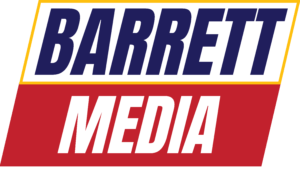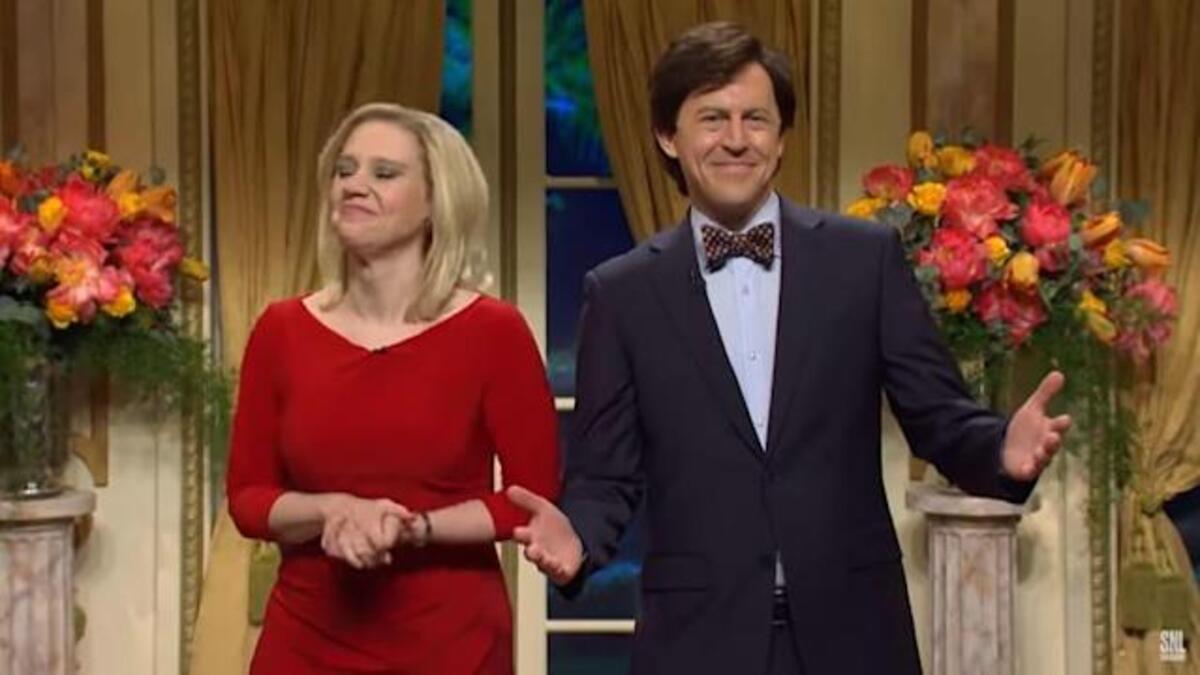During his panel alongside Gordon Borrell at the BSM Summit, Steve Goldstein pointed out that news/talk radio’s median listener is 59-years-old. Like Major League Baseball, both are in trouble for the long run and refuse to acknowledge it.
Steve then asked if we knew what sports radio’s median age is for listeners. It’s not as bad. Sports is sitting at 49-years-old. Still, it is time to do a little problem-solving.
“You need to reinvent this stuff,” he said. “No question about it.”
I thought about that a lot throughout the two days of the Summit. As I listened to speakers share their thoughts and panelists answer questions about industry concerns, it dawned on me that “reinvention” could take a lot of forms. Realistically, if sports radio is going to successfully reinvent itself to attract younger listeners, there won’t be a single answer. It will happen as a result of taking steps to address multiple problems.
Today, I only want to focus on the on-air product.
Are we talking about the right things? For the most part, I think so. There is one change I think local radio could make that would have us talking about sports the way younger people consume them.
Why shouldn’t we take a stars-first approach with local sports talk? That’s how all the national platforms talk about the NBA, right? They aren’t talking about the Warriors, Lakers or Bucks. They are talking about Steph, LeBron and Giannis. Any mention or analysis of the teams starts with a mention of or thought about the names that are going to make you stop and pay attention.
My son is 10. He has never sat down and watched a full NBA game with me, but he loves Giannis and Luka. Seriously, he would call Giannis Antetokounmpo one of his favorite players, and it never dawned on him to sit down and watch a full Finals game with me last year.
Now, we aren’t marketing to 10-year-olds, but his isn’t the first generation to consume sports like that. More importantly, they aren’t going to hit 30 and suddenly change their consumption pattern. This is the way they are learning to experience and love sports. We have to acknowledge and serve that to remain viable.
Plenty of network leaders talked about this at the Summit. I believe it was Scott Shapiro of FOX Sports that said he told his hosts that he doesn’t want to hear the words “Packers offensive line” unless it is followed by a sentence including the words “Aaron Rodgers”.
Why wouldn’t that work at the local level?
I live in Raleigh, NC, home of the Carolina Hurricanes. It took us a long time to fully embrace NHL hockey. In fact, I would argue that the majority of the city still looks at the Canes as a bar rather than as a team.
There aren’t many stars here, but there are good players that have been here for a while. Wouldn’t it make sense for 99.9 The Fan to worry more about Sebastian Aho and less about defensive pairings?
It makes more sense than even talking about the standings. That just isn’t a factor for millennials. They experience sports in clips, not games, let alone winning and losing streaks.
An hour in sports talk radio usually includes somewhere around 40 minutes of talk time, right? That is a lot, so certainly there are places to go in-depth and explore different thoughts and observations, but this is a short attention span culture. This is a world with an immeasurable amount of entertainment options. No one under 35 is sticking with your entire two, three, or four-hour show. They probably aren’t sticking with your whole hour. So, if you want to keep things fresh for yourself, fine, but you are probably best served with multiple thoughts on the same A-block topic.
Sports radio doesn’t need to suddenly be competing for an audience with YouTube videos of kids opening toy boxes. This is about doing something that can open you up to a younger audience without alienating the middle-aged people that already come to you.
“Local celebrity” is a term that often gets thrown around with jest or scorn. I have a friend in a Dancing With the Stars competition in her market. She is a nighttime host on a sports talk station. The other competitors are lawyers and school principals. That is a real point-and-laugh kind of local celebrity classification where the “local” is written in bold, 25-point font and “celebrity” may be hard to read without glasses.
The star players on your hometown teams are a different kind of local celebrity. For them, especially for the very best players, “local” and “celebrity” are on equal footing. They are stars, but they also make the listeners feel real pride. Think about all of the times you have heard people complain that the local guy would be an MVP contender if the national media paid attention to your market! That is something to mine for content in a thousand different ways.

Demetri Ravanos is a columnist and features writer for Barrett Media. He is also the creator of The Sports Podcast Festival, and a previous host on the Chewing Clock and Media Noise podcasts. He occasionally fills in on stations across the Carolinas in addition to hosting Panthers and College Football podcasts. His radio resume includes stops at WAVH and WZEW in Mobile, AL, WBPT in Birmingham, AL and WBBB, WPTK and WDNC in Raleigh, NC.
You can find him on Twitter @DemetriRavanos or reach him by email at DemetriTheGreek@gmail.com.









